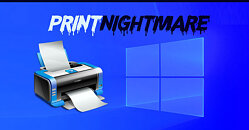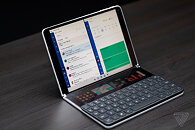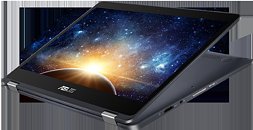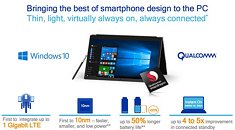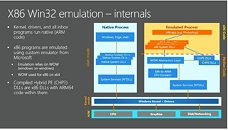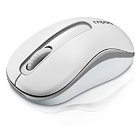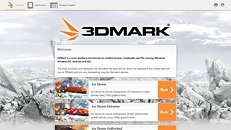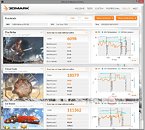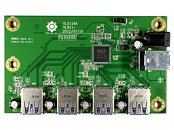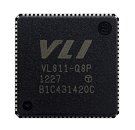
PrintNightmare: Microsoft Issues Critical Security Updates for Multiple Versions of Windows
Remember that hideous, remotely exploitable vulnerability on Windows' Print Spooler service, which would enable remote attackers to run code with administrator privileges on your machine? Well, Microsoft seems to be waking up from this particular instance of PrintNightmare, as the company has already issued critical, out-of-band security updates (meaning that they're outside Microsoft's cadenced patch rollout) for several versions of windows. Since the Print Spooler service runs by default and is an integral part of Windows releases (likely since the NT platform development), Microsoft has even pushed out patches to OSs that aren't currently supported.
Microsoft has issued correctives for Windows Server 2019, Windows Server 2012 R2, Windows Server 2008, Windows 8.1, Windows RT 8.1, a variety of supported versions of Windows 10, and even Windows 7. As per Microsoft, Windows Server 2012, Windows Server 2016, and Windows 10 Version 1607 products are still missing the security patches, but they're being actively worked on and should be released sooner rather than later. The security patches include mitigations for both the PrintNightmare issue (CVE-2021-34527), as well as another Print Spooler vulnerability that's been previously reported (CVE-2021-1675). The mitigations are being distributed via Windows Update, as always, and the relevant packages are KB5004945 through KB5004959 (depending on your version of Windows).
Microsoft has issued correctives for Windows Server 2019, Windows Server 2012 R2, Windows Server 2008, Windows 8.1, Windows RT 8.1, a variety of supported versions of Windows 10, and even Windows 7. As per Microsoft, Windows Server 2012, Windows Server 2016, and Windows 10 Version 1607 products are still missing the security patches, but they're being actively worked on and should be released sooner rather than later. The security patches include mitigations for both the PrintNightmare issue (CVE-2021-34527), as well as another Print Spooler vulnerability that's been previously reported (CVE-2021-1675). The mitigations are being distributed via Windows Update, as always, and the relevant packages are KB5004945 through KB5004959 (depending on your version of Windows).
